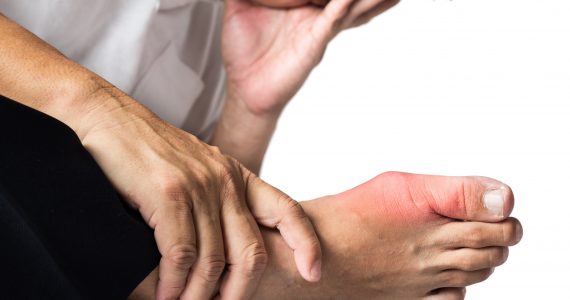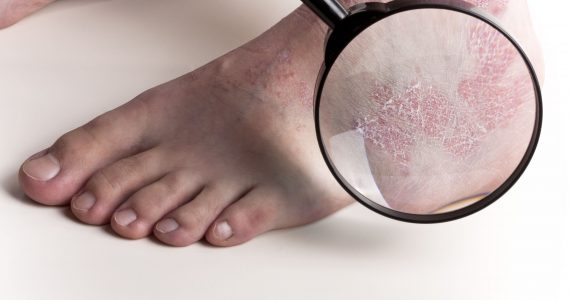
The most common pathologies that can affect the big toe are:
- Hallux valgus
- Hallux rigidus
What is Hallux valgus?
Hallux valgus is a deformity that affects the big toe and manifests itself in the form of an inward deviation of the metatarsal bone that leaves it at an abnormal angle.
What are the symptoms Hallux valgus?
The main symptoms of Hallux valgus are: inflammation, pain, redness and swelling in the 1st metatarsal head
In the long term the symptoms can develop into other foot pathologies, including among the most common:
- Hammer toe
- Claw toe
- Metatarsalgia
Seeking the help of a Specialist Podiatrist is essential in these cases as this could prevent the pathology from getting worse in the above examples or from developing into a real postural deficit that could lead to problems in other joints (ankle, knee, hip, spine).
What are the causes of Hallux valgus?
Causes of the onset of the pathology can be:
- Genetic predisposition
- Other pathological conditions
- Type of footwear used
- Personal hormonal factors
The last two of these provide a partial explanation of why this illness is found more commonly among women than men.
Conservative treatment of Hallux valgus
The first line therapeutic approach to Hallux valgus is aimed at preventing the progression of the pathology: further deformation of the 1st metatarsal.
There are conservative treatments that in some case can avoid the need for surgical treatment, these consist of:
- Corrective silicone orthoses moulded directly on the individual for the purpose of separating and positioning the toes to cushion and protect the big toe from rubbing against footwear;
- corrective insoles to relieve pressure on the painful metatarsal head;
If the deformity and symptoms become worse, surgical treatment will become inevitable.
What is Hallux rigidus?
Hallux rigidus is the result of primary or secondary arthrosis of the metatarsophalangeal joint, with gradual destruction of the joint cartilage.
This pathology is very debilitating because the big toe plays a fundamental role in all foot movements and the condition is very often confused by patients with Hallux valgus.
What are the symptoms of Hallux rigidus?
The initial symptoms include:
- Pain and rigidity in the big toe during activity;
- Pain aggravated by the cold
- Difficulty in carrying out some activities (running, squatting)
- Swelling and inflammation of the joint
In the more advanced stages:
- Pain also in the rest position
- Difficulty in wearing shoes due to the presence of a bony outgrowth that appears on the top of the toes (exostosis)
- Pain in the knee, hip and back due to the postural deficits that it can bring.
This pathology affects around 2% of the population between the ages of 30 and 60 years old, and is found more frequently in men.
What are the causes of Hallux rigidus?
The main causes of hallux rigidus are:
- Inadequate foot biomechanics or a structural irregularity that gradually leads to arthrosis.
- For example, patients with flat feet and over-pronation of the foot are predisposed to developing hallux rigidus.
- Hereditary genetic factors
- Overloading of the big toe
- A direct compression trauma on the big toe
Treatment of Hallux rigidus
The treatment of hallux rigidus is aimed at reducing the local inflammation and preventing intra-articular degeneration.
For less severe cases a combination of the following is sufficient:
- Anti-inflammatory pharmacological therapy
- Physiotherapy
- A corrective orthosis to relieve pressure from the inflamed area
- Suitable footwear able to prevent rubbing against the inflamed area.
Patients with advanced stage hallux rigidus characterised by joint pain and reduced mobility can correct the condition with surgical treatment.



